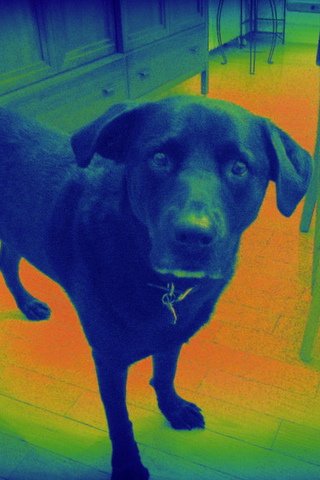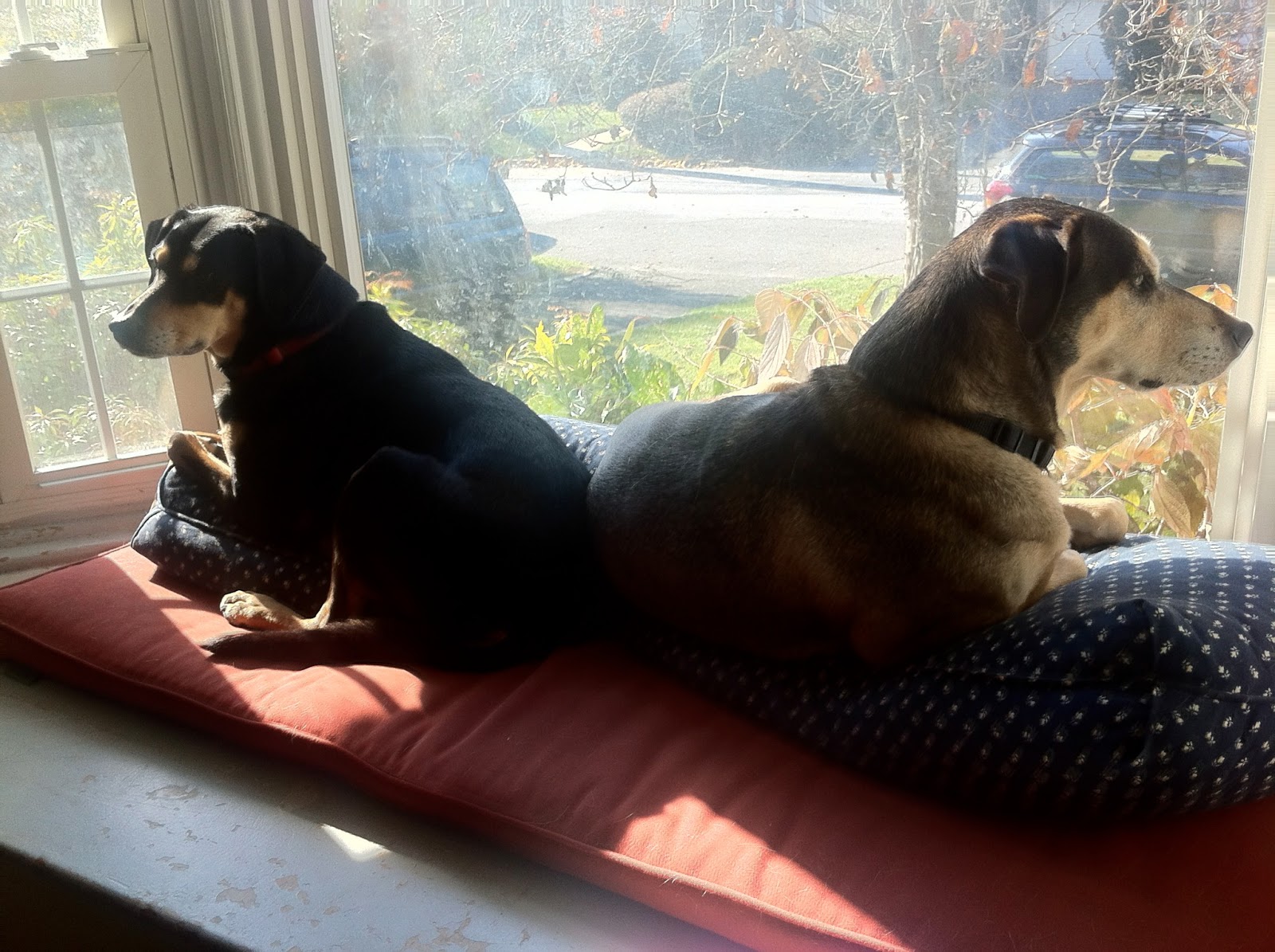As a bone-a-fide dog lover, it gives me great pleasure to highlight Baynes and Louis Agassiz Fuertes’ beautifully illustrated “The Book of Dogs: an intimate study of mankind’s best friend” as this week’s book of the week. In it, the famous ornithologist and illustrator lends his hand to the descriptions and art of drawing various breeds of “man’s best friend” while Baynes tells stories of dog fame, adventure, and heroism, such as this one about Red Cross dogs in WWI:
“The Red Cross dogs rendered invaluable service in feeding and aiding the wounded. Each one carried a first-aid kit either strapped to its collar or in a small saddle pouch. When they found a soldier who was unconscious, they were taught to bring back his helmet, handkerchief, or some other small article as a token of the discovery. Many of them learned wholly to ignore the dead, but to bark loudly whenever they came upon a wounded man.” [pg. 73]
Published in 1919 by the National Geographic Society, this “study” remarks on the history of dogs but does little to dive deeply into the science behind this subspecies of Canidae. Canis lupus familiaris are a subspecies of Canis lupus or Gray Wolf. Dogs are one of 38 subspecies of C. lupus along with a series of wolves and the feral dog, otherwise known as dingos [1]. Dogs, dingos, and wolves can all interbreed and share morphological and behavioral similarities including being social, highly expressive, and (depending on your dog of course) intelligent animals. It is not certain when exactly dogs were first domesticated but recent evidence points to one of the oldest known domesticated dogs to 33,000 years ago [2]. A study from 2010 points to the Middle East as the most likely locality of origin of the subspecies [3].
With such a rich history of domestication and intimacy with our species, one would think we’d have Canis lupus familiaris figured out, but it was not until recently that dogs’ taxonomy was resolved according to the Integrated Taxonomic Information System’s report. Linnaeus first described the domestic dog as Canis canis in Systema Naturae 1735 and later revised his own classification. As our good friend over at Synynyms.com illustrates, the taxonomic story of the dog has gone through many iterations including C. domesticus and C. familiaris, finally settling as a subspecies of C. lupus.
As pack animals, dogs lend themselves well to a close relationship with humans and have been highly selectively bred to serve a variety of roles. From the tiny Chihuahua to the Great Dane, nearly 280 official breeds are recognized by the Kennel Club and the American Kennel Club combined. Baynes and Fuertes discuss over 60 breeds in their book highlighting such classic favorites as the Collies, Greyhound, and Terriers (poor kitty!).
For more of Louis Agassiz Fuertes’ beautiful illustrations of our canine friends, please visit our flickr set for this book.
As all members of the C. lupus group can interbreed there are a wealth of possibilities for mix-breeds and as any “mutt” owner will tell you they make for some fantastic companions, bringing some the of the best of multiple breeds together. Popular mixes of today include Labradoodles (Labrador + Poodle), Puggles (Pug + Beagle), and well you figure it out… (Shih Tzu + Poodle).
No dog post would be complete without cute pictures, thus I bring you some of the best shots of our very own BHL Staff pooches:
 |
| Rose |
 |
| Rowan |
 |
| Hadrian |
 |
| Crash & Biscuit |
 |
| Lilly, Maddy, & Bertie |
 |
| Franklin |
 |
| Ozzie |
References
[1]
http://www.itis.gov/servlet/SingleRpt/SingleRpt?search_topic=TSN&search;_value=180596 accessed 6-14-2013.
[2] Druzhkova AS, Thalmann O, Trifonov VA, Leonard JA, Vorobieva NV, et al. (2013) Ancient DNA Analysis Affirms the Canid from Altai as a Primitive Dog. PLoS ONE 8(3): e57754.
doi:10.1371/journal.pone.0057754
[3] vonHoldt, Bridgett; et al. (2010-03-17). “Genome-wide SNP and haplotype analyses reveal a rich history underlying dog domestication”. Nature 464 (7290): 898–902. Bibcode:2010Natur.464..898V.
doi:10.1038/nature08837. PMID 20237475.
















Nice blog